The White Bird of Paradise plant is a sturdy and simple-to-grow succulent with striking foliage. It is also a top choice for indoor plant enthusiasts nationwide. The sweet-smelling, white flowers are adored by many for their enchanting aroma.
Growing and maintaining the White Bird of Paradise is straightforward. By adhering to a few basic guidelines, you can easily cultivate this stunning succulent.
This brief guide will explain everything you need to know about the White Bird of Paradise, including what it is and how to care for it.
What is the White Bird of Paradise plant?
The White Bird of Paradise is a flowering plant in the banana family that is native to South Africa. It is a tropical plant that thrives in warm, humid climates with temperatures that rarely dip below 50 degrees Fahrenheit. This plant is known for its large, glossy leaves and unique, bird-like flowers.
The plant’s leaves grow up to three feet long, with five leaflets resembling an elongated bird’s foot. It has a tall stalk with five-petaled white flowers and a sweet smell of vanilla and coconut.
Growing Conditions for the White Bird of Paradise plant
The White Bird of Paradise is a plant that thrives in various indoor growing conditions. It does best in a temperature range of 65-80°F with higher humidity, but can still thrive in cooler temperatures with proper care. It prefers to be grown in a soil-based potting mix and requires ample sunlight to produce flowers. This particular species thrives in well-draining soil and benefits from direct sunlight for optimal growth.
It can be cultivated in a hanging basket or patio, getting a minimum of six hours of direct sunlight daily. In cooler climates with freezing temperatures, bring it inside during autumn to prevent frostbite. While indoors, it is best to keep it near a sunny window where it will receive plenty of direct sunlight throughout the day. When placing the plant outdoors, ensure it is in a location that receives at least 6 hours of direct sunlight each day.
Care Instructions for the White Bird of Paradise plant
The White Bird of Paradise is a tropical plant that thrives indoors when provided with the right environment. The best time to bring it indoors is during the fall, when temperatures start to drop below 50 degrees Fahrenheit. To maintain a healthy and content plant in winter, provide proper conditions and a consistent watering routine. During the winter months, ensure that the White Bird of Paradise receives sufficient sunlight and warmth to replicate its natural tropical environment.
Temperature
The White Bird of Paradise necessitates warm temperatures year-round, being susceptible to cold weather. Exposure to temperatures below 50 degrees Fahrenheit for an extended duration can lead to rapid deterioration. To maintain warmth, position it near a sunlit window for a minimum of six hours daily and use grow lights if needed. To ensure the White Bird of Paradise thrives in your home environment, consider investing in a thermometer to monitor the temperature levels consistently.
Humidity
To thrive and produce flowers, the White Bird of Paradise requires high humidity levels. Increase humidity by watering sparingly and placing near a humidifier. For outdoor plants, position near a water feature to ensure ample moisture from the environment.
How To Water a White Bird of Paradise plant?
The White Bird of Paradise is a drought-tolerant plant that requires little water once established. It fares best in soil with a pH of 6.5-7.0. When watering the plant, it is important not to over or under water. Water the plant when the soil is dry, about two inches below the surface.
Avoid wetting the foliage as this may encourage mold and pests. Use appropriate water to prevent plant damage. Tap water can contain contaminants that are harmful, so opt for filtered or distilled water.
Summary
The White Bird of Paradise is a tropical plant that thrives indoors when given the right conditions and care. It is a hardy and easy-to-grow plant that requires minimal maintenance and watering when the soil is kept consistently moist but not soggy. The White Bird of Paradise makes a great houseplant for both beginners and experienced gardeners and is a wonderful addition to any indoor space.
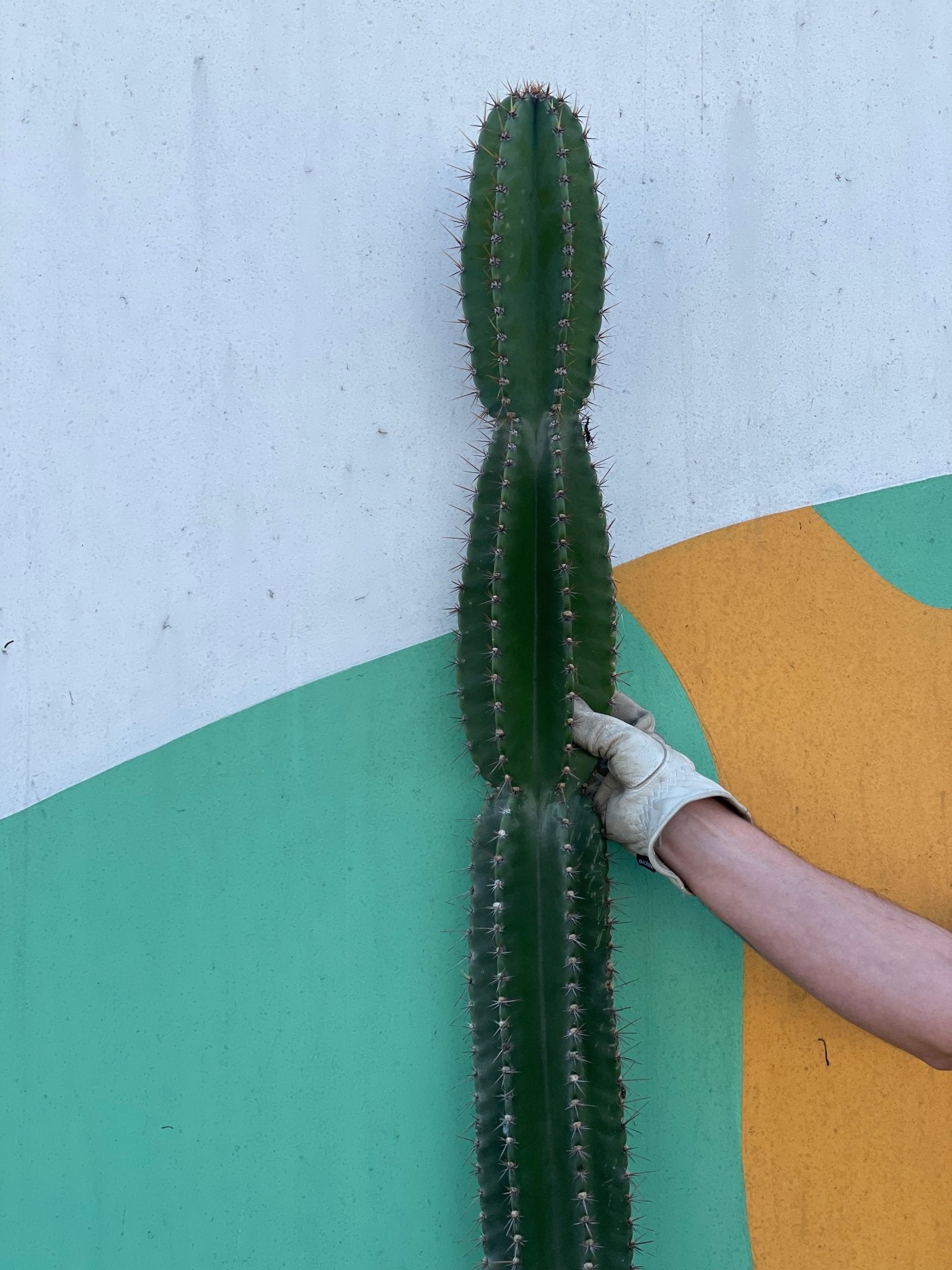
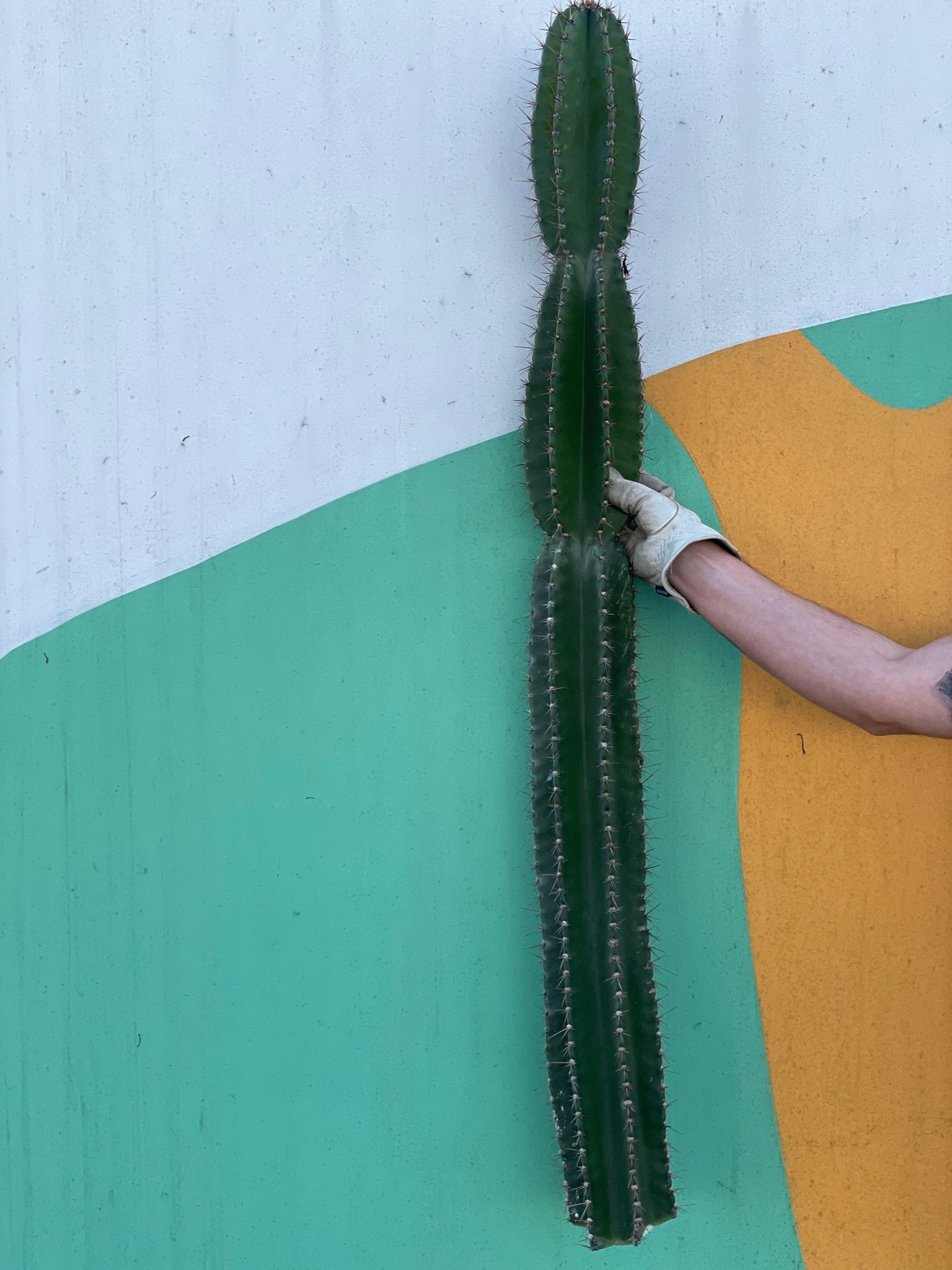
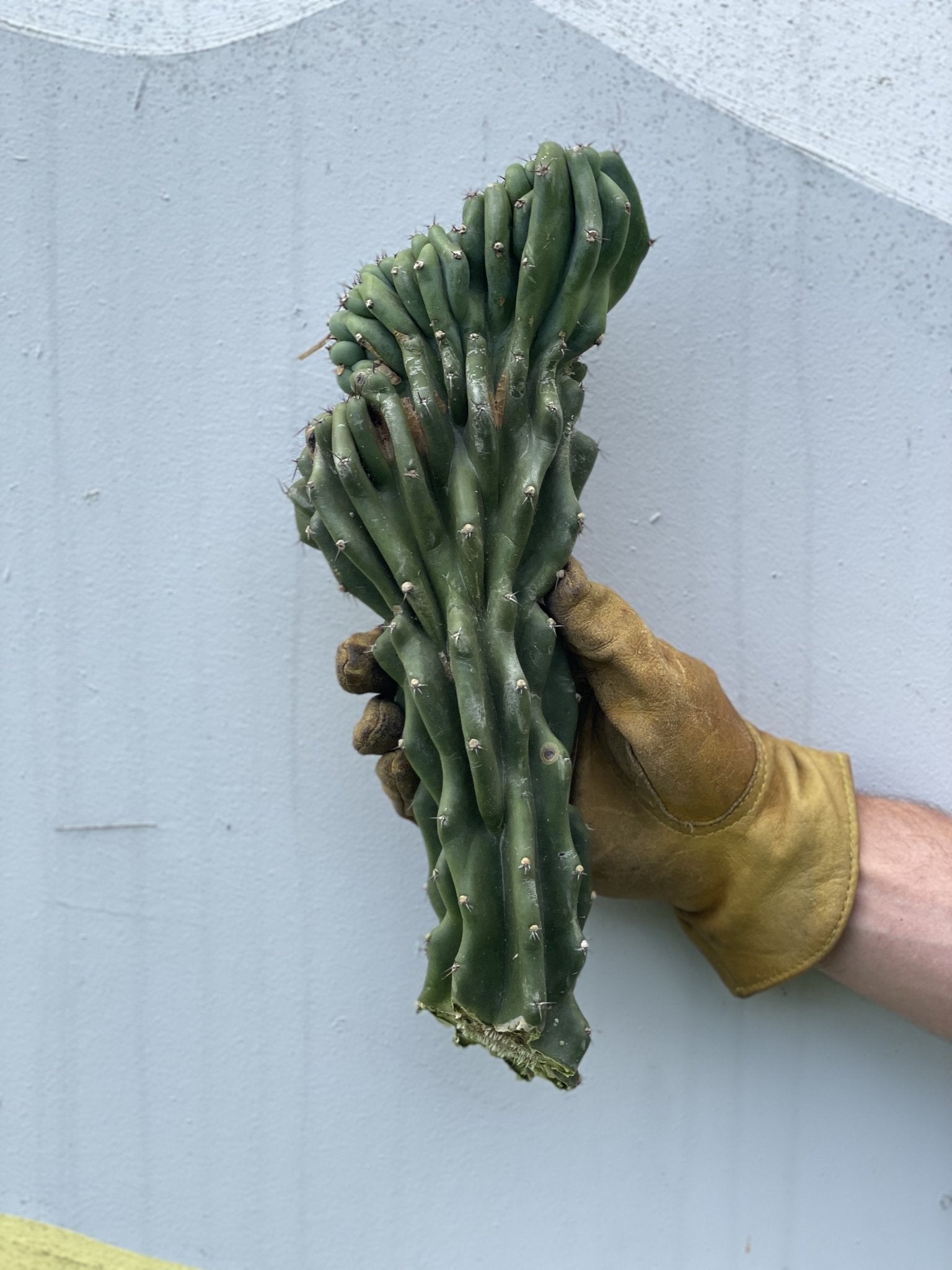
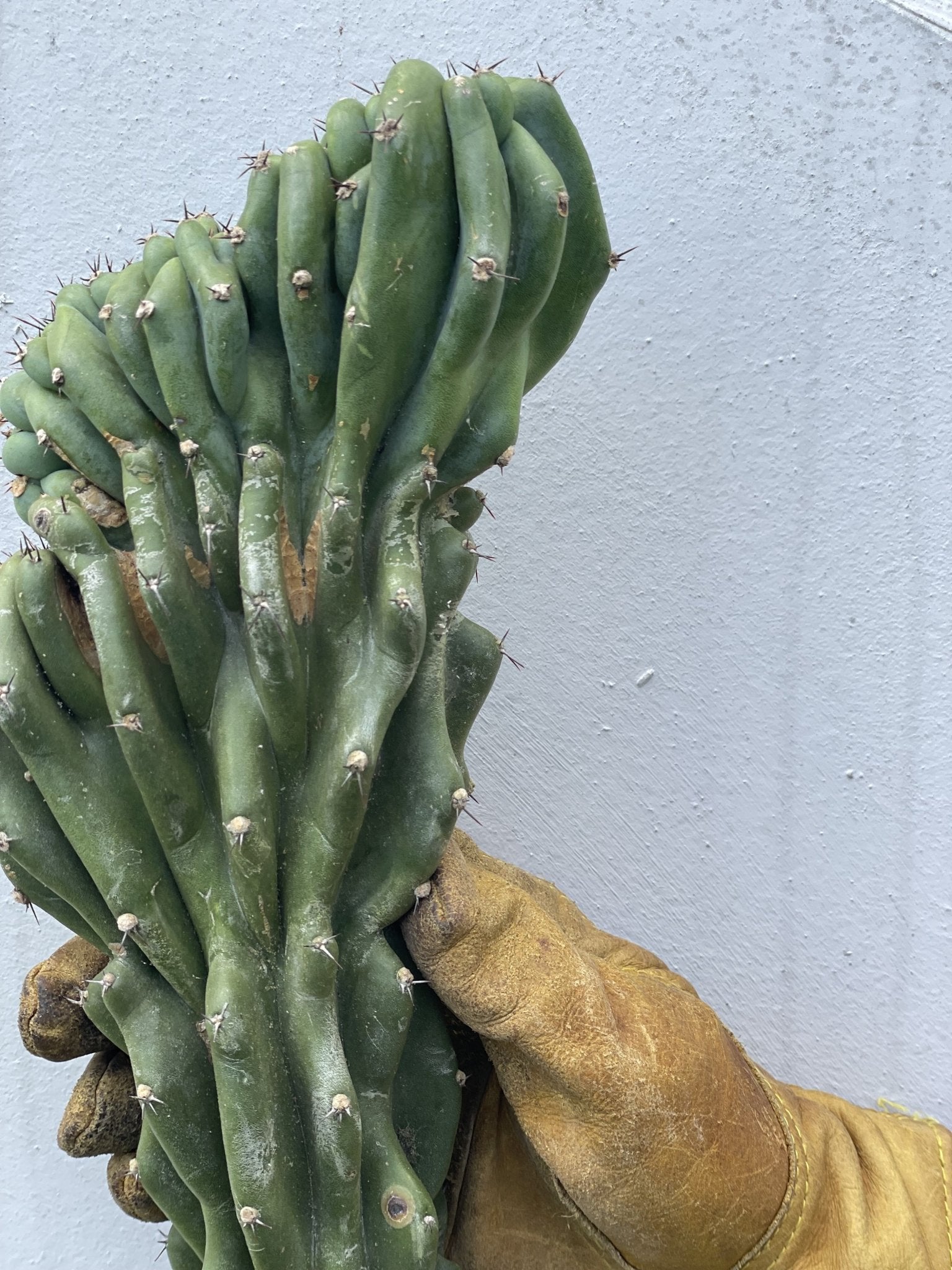


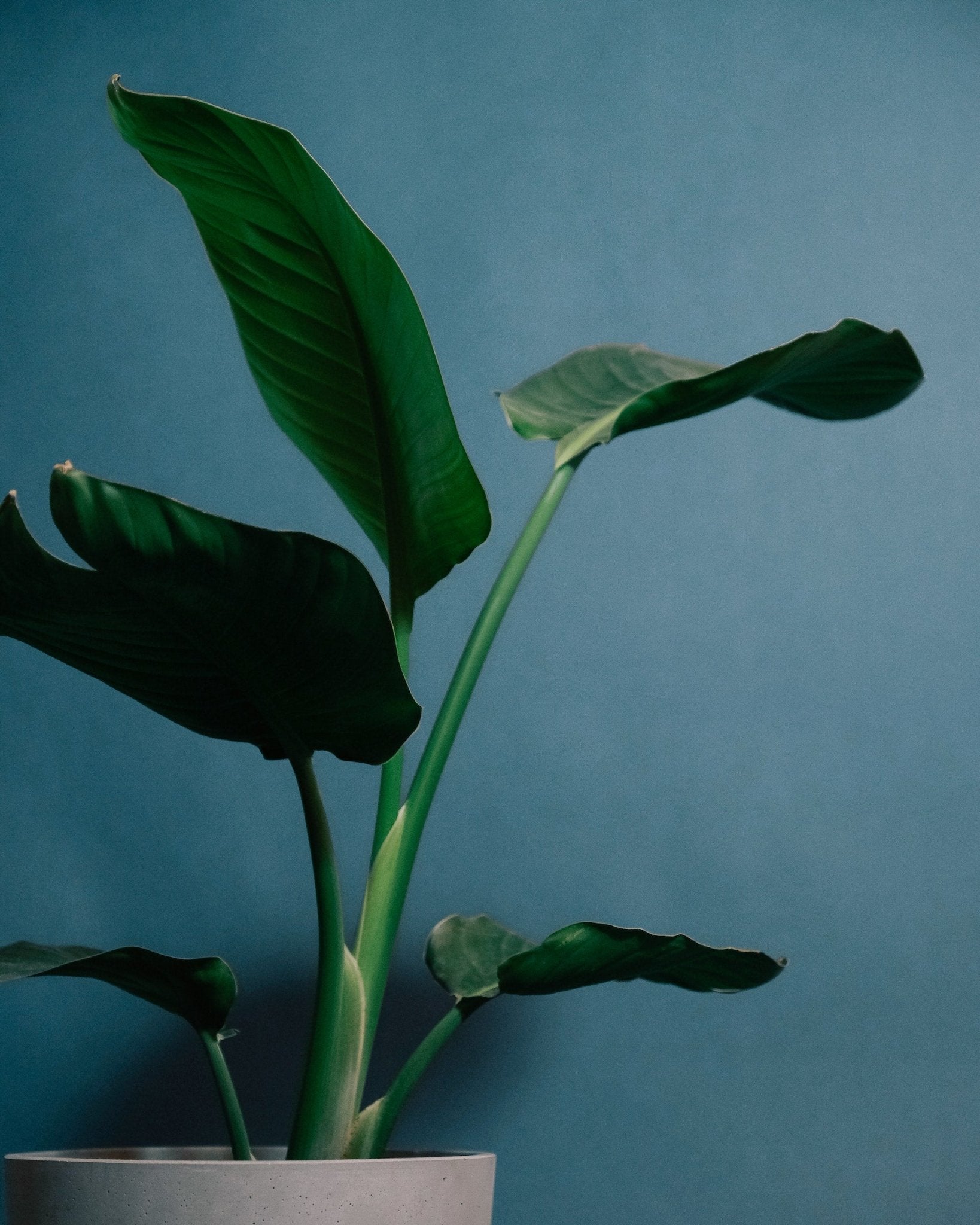
Leave a comment